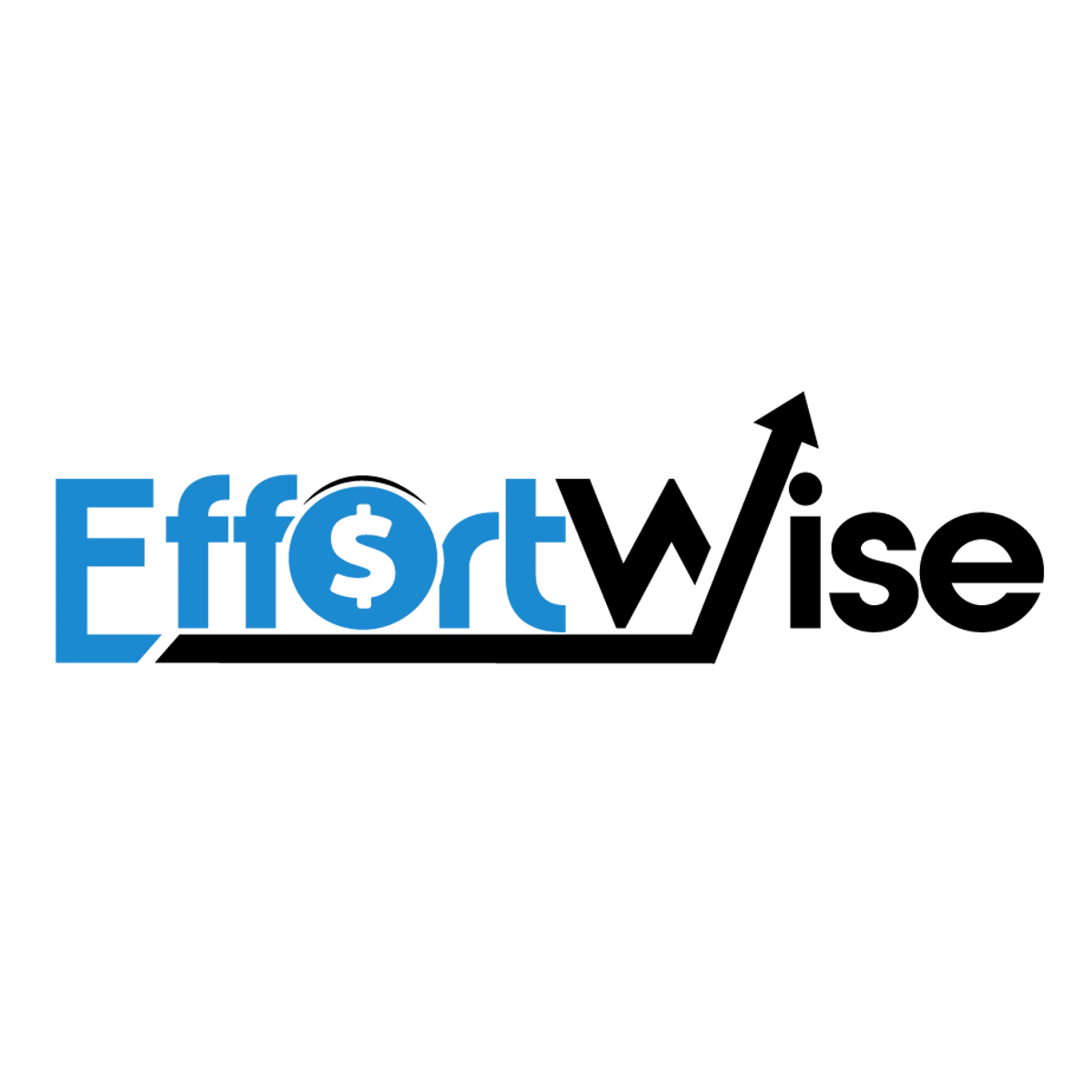
Career Growth Blog
Stay cutting edge on job search, interviews,
salary negotiation, and career growth tips.
How to find the best career coach for job interviews
Navigating the job market can be overwhelming. And preparing for interviews can be the most nerve-wracking part. A job interview coach can help you approach the process strategically. But not all coaches are created equal. How do you find the one that’s perfect for you?
Essential Job Interview Preparation
Preparation is about understanding the job requirements, sniffing out the subtleties of the company culture, and pinpointing how you can provide value to the company. Hint: you have skills that are: Not listed on the job posting. But the company needs them.
Avoid 7 Mistakes in Interviews
Preparation is about understanding the job requirements, sniffing out the subtleties of the company culture, and pinpointing how you can provide value to the company. Hint: you have skills that are: Not listed on the job posting. But the company needs them.
4 Stages of Job Interviews
Preparation is about understanding the job requirements, sniffing out the subtleties of the company culture, and pinpointing how you can provide value to the company. Hint: you have skills that are: Not listed on the job posting. But the company needs them.
Meet Your Career Growth Engineer
Dave Wolovsky

I was home schooled until 13 years old.
Always a quiet introvert.
Overly sensitive to others' discomfort.
I was scared to ask for things.
Waited for others to offer.
Waited and waited.
After a horrible job experience...
⚠️ Strangled by my own anxiety.
⚠️ Desperate to impress my bosses.
⚠️ "Stuck it out" until I got physically ill.
I realized I needed to grow as a person.
To ask for what I needed.
To persuade with empathy.
To negotiate without conflict.
I dove deep into understanding people:
▪︎ Neuroscience (got a masters in it)
▪︎ Positive psychology (a certification)
▪︎ Negotiation (books, courses, teaching).
Then I realized lots of people had difficulties like me.
And I became committed to helping people get paid what they're worth.
An early client got a $35k raise, while cutting back to a 4-day workweek.
I wrote down everything we did.
Conversations along the way.
The mistakes along the way.
I created a set of principles.
Called it "Empathic Influence & Negotiation."
Applied it to salary negotiations.
Applied it to job interviews.
Applied it to networking.
And then I found Mindfulness.
That added some next level juice.
I created the "Mindful Sprint" process.
And now I help talented introverts become Mindful Sprinters.
This kind of personal growth creates:
✓ Better job opportunities.
✓ Higher compensations.
✓ Stronger boundaries.
Without creating:
🚫 Confrontational situations.
🚫 Resentful relationships.
🚫 Suffocating stress.
We navigate social complexities:
▪︎ Being a team player, not a pushover.
▪︎ Asking for a raise collaboratively.
▪︎ Making your value fully visible.
With me, you're not getting an extroverted former CEO.
I won't insist that you have to "command the room."
You ARE getting a partner to help you:
▪︎ Shine a floodlight on your value.
▪︎ Stay authentically introverted.
▪︎ Meet you where you're at.
Expect to be empowered:
▪︎ Do things you've never done before.
▪︎ Learn the science of negotiation.
▪︎ Experience true mindfulness.
I was home schooled until 13 years old.
Always a quiet introvert.
Overly sensitive to others' discomfort.
I was scared to ask for things.
Waited for others to offer.
Waited and waited.
After a horrible job experience...
⚠️ Strangled by my own anxiety.
⚠️ Desperate to impress my bosses.
⚠️ "Stuck it out" until I got physically ill.
I realized I needed to grow as a person.
To ask for what I needed.
To persuade with empathy.
To negotiate without conflict.
I dove deep into understanding people:
▪︎ Neuroscience (got a masters in it)
▪︎ Positive psychology (a certification)
▪︎ Negotiation (books, courses, teaching).
Then I realized lots of people had difficulties like me.
And I became committed to helping people get paid what they're worth.
An early client got a $35k raise, while cutting back to a 4-day workweek.
I thought, "this is interesting."
I wrote down everything we did.
Conversations along the way.
The mistakes along the way.
I created a set of principles.
Called it "Empathic Influence & Negotiation."
Applied it to salary negotiations.
Applied it to job interviews.
Applied it to networking.
And then I found Mindfulness.
That added some next level juice.
I created the "Mindful Sprint" process.
And now I help talented introverts become Mindful Sprinters.
This kind of personal growth creates:
✓ Better job opportunities.
✓ Higher compensations.
✓ Stronger boundaries.
Without creating:
🚫 Confrontational situations.
🚫 Resentful relationships.
🚫 Suffocating stress.
We navigate social complexities:
▪︎ Being a team player, not a pushover.
▪︎ Asking for a raise collaboratively.
▪︎ Making your value fully visible.
With me, you're not getting an extroverted former CEO.
I won't insist that you have to "command the room."
You ARE getting a partner to help you:
▪︎ Shine a floodlight on your value.
▪︎ Stay authentically introverted.
▪︎ Meet you where you're at.
Expect to be empowered:
▪︎ Do things you've never done before.
▪︎ Learn the science of negotiation.
▪︎ Experience true mindfulness.






LinkedIn
Youtube